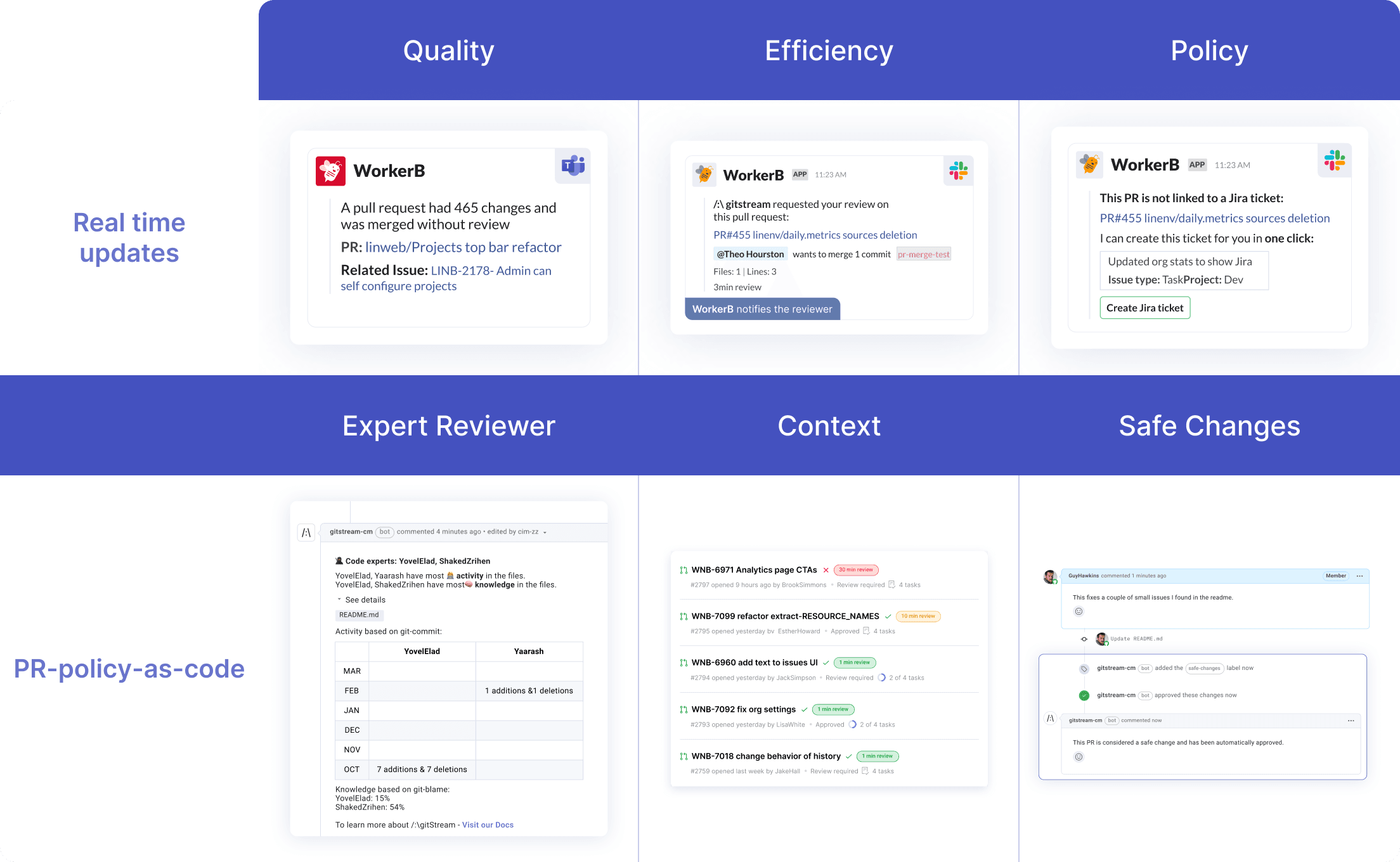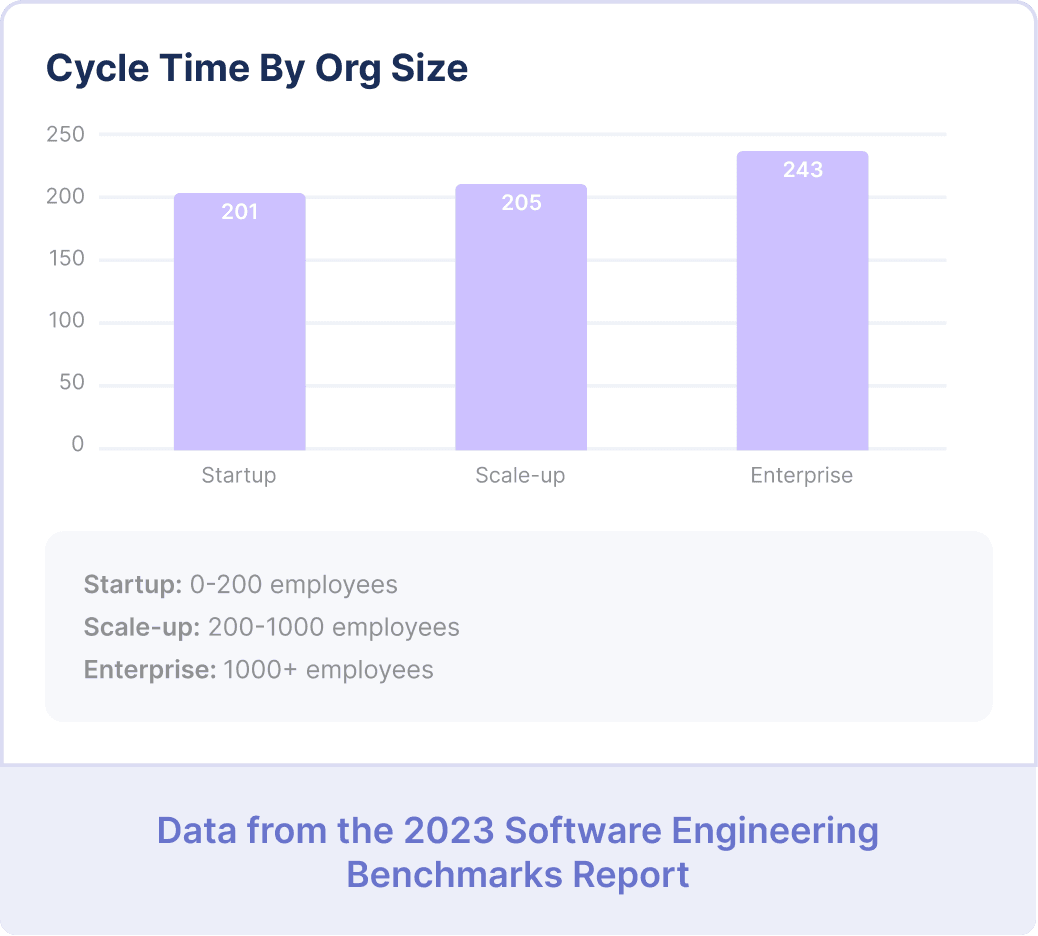By partnering with LinearB and adopting its Software Engineering Intelligence (SEI+) platform, Syngenta reduced its Cycle Time by 81% and increased Planning Accuracy by 33% in just six months!
In addition to these incredible results, Syngenta was able to:
- Foster more ownership among their teams
- See a higher degree of planning and execution success
- Institute more operational rigor like a shared definition of "done"
- Gain more visibility into their work, which spurred better habits
- Adopt a transparent, sharing-focused culture that proactively communicates risk
And they did it all while scaling their engineering organization from 150 to 400 developers.

Listen to the DevInterrupted Episode featuring Syngenta's Global Head of Delivery, Jason Krohn. This episode explores many of the concepts and data this blog post covers in more detail.
The Challenge
Syngenta, a leader in agricultural technology, has what can be called an "existential" mission: helping millions of farmers worldwide grow food for billions of people. More than that, they help those farmers grow food efficiently, safely, and with a constant focus on sustainability and ecology.
The foundational problem Syngenta was trying to solve was scale; what had worked for a team of 150 no longer worked for a team of 400. In addition to scale, they faced other significant hurdles, including:
- A global presence that made collaboration challenging
- Distributed systems/teams (4 platforms and 11 consumer apps)
- Idle time and handoffs between teams when working asynchronously

They knew they needed visibility to answer three key questions:
- “Are we working efficiently?”
- “Are we working effectively?”
- “Are we working safely?”
In addition to answering those questions, Syngenta wanted to empower every level of R&D with more ownership over their metrics, tools to identify bottlenecks, and autonomy to report their findings to leadership. All of this was in service of building a steady, predictable flow of feature delivery.
The Solution
Syngenta implemented a metrics program focused on core metrics that cut to the heart of engineering health. These KPIs included DORA metrics and leading indicators like PR size. The visibility into these foundational KPIs (including the DORA framework) also helped them ask themselves (and answer) further fundamental questions, including:

In addition to tracking its metrics, Syngenta also focused on doing something with those metrics using programmable workflows. They adopted SEI+ Automation to remove software delivery friction, keep their developers productive, provide a great DevEx, and enforce standards at scale.

The Results
Workflow automation became a critical tool across Syngenta's teams, driving significant PR pickup and review time reductions. Through one-click workflows, automated assigning of reviewers, and even automatic approval of small and safe changes, the Syngenta team accelerated efficiency, productivity, quality, and their ability to deliver on promises to the business. The increased visibility also exposed some missing best practices, which the team quickly addressed–specifically, more widespread adoption of a feature flagging platform to allow more frequent deployments.
Additionally, teams at Syngenta significantly matured functional capabilities with the ability to pinpoint inefficiencies in their operations and transform their ways of working. What's even more impressive is that they were able to roll out these significant process improvements to their entire globally distributed engineering organization in a very short time. These remarkable improvements will help Syngenta become more predictable in project delivery as it continues its important work of supporting farmers worldwide.




